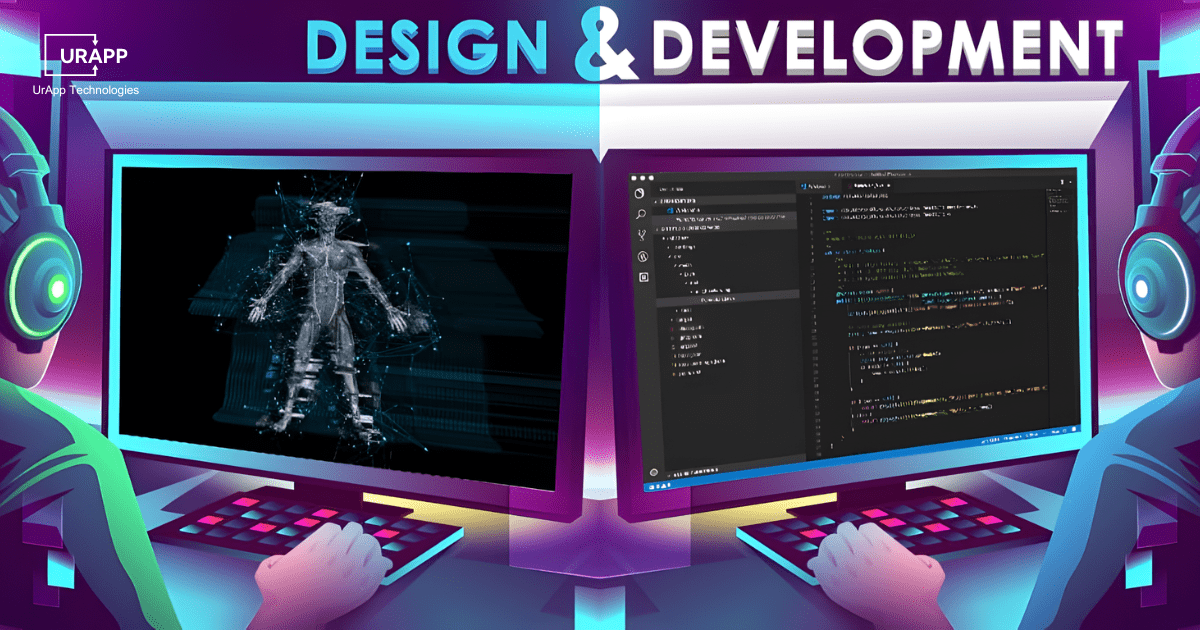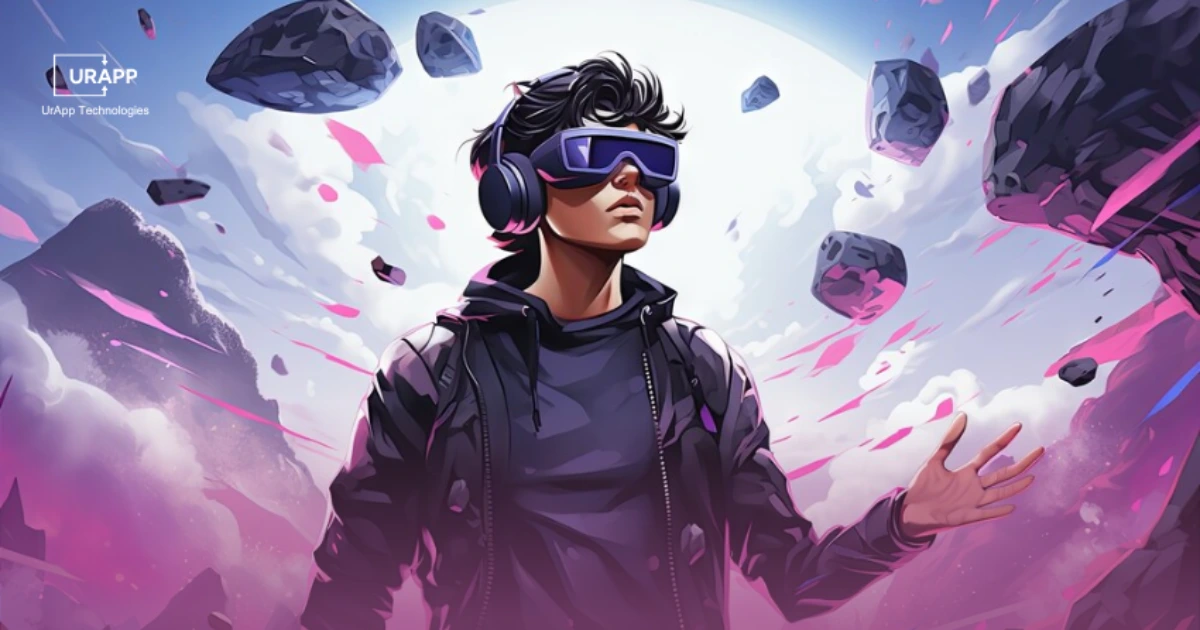What’s the Difference Between AR and VR?
Ever wished you could see things before they even exist?
That is what Augmented Reality and Virtual Reality make possible. From shopping and gaming to healthcare and education, these technologies are changing how we experience the world and how mobile apps connect us to it.
Difference Between AR and VR:
| Aspect | Augmented Reality (AR) | Virtual Reality (VR) |
|---|---|---|
| Definition | AR adds digital elements like images, text, or sound to the real world, enhancing what users see around them. | VR creates a completely artificial environment that replaces the real world, immersing users in a new digital space. |
| Experience | Users stay connected to the real world while viewing interactive digital overlays. | Users are fully immersed in a virtual space, disconnected from the real environment. |
| Devices Used | Smartphones, tablets, and AR glasses like Microsoft HoloLens. | VR headsets and motion controllers such as Oculus Rift, HTC Vive, or PlayStation VR. |
| Interaction Level | Allows interaction with both real and digital elements simultaneously. | Interaction happens only within the virtual environment. |
| Mobility | Users can move freely in real-world spaces while viewing AR visuals. | Movement depends on headset sensors and virtual environment setup. |
| Purpose | Enhances real-life experiences like shopping, training, navigation, and education. | Simulates environments for gaming, learning, therapy, and virtual travel. |
| Development Focus | Blends digital content with real-world visuals using sensors, GPS, and cameras. | Builds fully 3D virtual worlds with realistic physics and interactive objects. |
| Example Applications | IKEA Place, Snapchat filters, Google Lens, Pokémon GO. | Oculus VR games, virtual museum tours, flight simulators, medical training apps. |
What is Augmented Reality (AR)?

Augmented Reality, or AR, enhances the real world by adding digital elements like visuals, sounds, or graphics into your surroundings. It does not replace reality; it improves it.
With AR mobile apps, users can visualize furniture in their homes, explore 3D anatomy models, or try products before buying them. It blends technology with reality in a natural way.
What is Virtual Reality (VR)?

Virtual Reality, or VR, takes you into a completely digital world. Unlike AR, VR replaces your surroundings with a virtual environment where you can explore, interact, and experience things as if they were real.
Using VR headsets, users can tour properties, train for complex jobs, or attend virtual classrooms from anywhere.
What is AR Used For?
- In retail, augmented reality allows you to visualize products before buying them, so you can see how they will look in real life.
- In healthcare, AR helps doctors and students view 3D models for training purposes or planning treatments.
- In education, AR makes learning more interactive and engaging for students.
- In architecture, AR enables designers and clients to preview building designs in real time.
- In marketing, AR creates engaging brand experiences that capture customers’ attention.
Augmented Reality (AR) Use Cases & Companies
Retail:
- IKEA uses AR in its IKEA Place app to let customers see how furniture will look in their homes before buying.
Healthcare:
- AccuVein uses AR to project veins on patients’ skin, helping nurses and doctors insert IVs more accurately.
Education:
- zSpace provides AR/VR-based learning solutions where students can interact with 3D models for science and math lessons.
What is VR Used For?
- In education, virtual reality allows students to explore classrooms and learning experiences in a fully immersive way.
- In healthcare, VR is used for therapy, rehabilitation, and medical training.
- In real estate, VR enables people to take property tours from anywhere without physically visiting.
- In industrial training, VR allows workers to learn new skills safely in a simulated environment.
Virtual Reality (VR) Use Cases & Companies
Education & Training:
- Strivr provides VR training for employees in industries like Walmart and Verizon to practice skills safely.
Healthcare:
- Osso VR uses VR to train surgeons on procedures in a realistic virtual environment.
Real Estate:
- Matterport allows users to take immersive VR tours of properties from anywhere.
Advantages of AR
- AR adds digital elements to the real world, enhancing how we perceive our surroundings.
- It increases engagement and interaction, making experiences more interesting.
- AR helps users make better decisions, such as choosing the right product.
- It supports hands-on learning and helps visualize complex ideas or objects.
Advantages of VR
- VR delivers a fully immersive and realistic experience that feels like being somewhere else.
- It allows safe practice and training in situations that could be dangerous in real life.
- VR improves focus and retention because users learn through experience.
- It makes remote collaboration more engaging by simulating a shared environment.
Key Takeaways
- AR overlays digital elements on the real world, enhancing shopping, learning, and visualization experiences.
- VR immerses users in fully digital environments for training, gaming, education, and virtual tours.
- Both technologies boost engagement and interactivity, making experiences more memorable and effective.
- Leading companies like IKEA, AccuVein, Strivr, and Matterport leverage AR & VR for practical applications.
- AR & VR improve learning, efficiency, and decision-making across industries including retail, healthcare, education, and real estate.
Conclusion
Augmented Reality and Virtual Reality are shaping the future of digital experiences.
AR enhances the real world, while VR creates a new one. Together, they are transforming industries like retail, healthcare, and education.
At URAPP Technologies, we build mobile apps powered by AR and VR that help your brand stand out and deliver exceptional user experiences.







